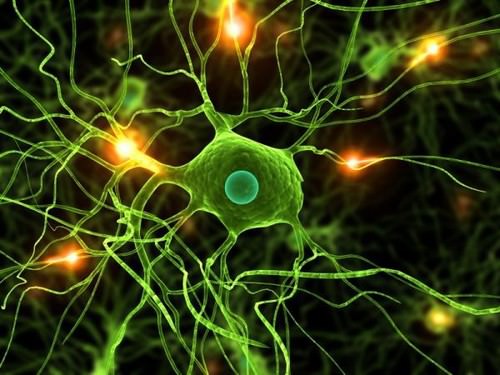Is Ecstasy Physically Addictive?
Ecstasy in its purest form is not considered physically addictive in the traditional sense of the term. However, ecstasy does affect the brain’s neurotransmitters, which can lead to a chemical imbalance that helps fuel addiction.
What Causes Ecstasy Addiction?
Ecstasy acts on brain chemicals—known as “neurotransmitters”—that control and balance mood. One important neurotransmitter that ecstasy acts upon is serotonin, responsible for feelings of happiness, calm, and relaxation. Ecstasy floods the brain with serotonin, expending the brain’s serotonin reserves, and leaving the user experiencing a deficit of this important neurotransmitter once the drug exits the system. With repeated and prolonged use, the brain detects the overabundance of serotonin and scales back natural production.
Though this effect may only continue for a few days, users with weekly or more frequent use often experience withdrawal-induced depression. This effect, in combination with the intense euphoric feeling ecstasy produces—and the ecstasy high’s impact on the brain’s reward centers—can all combine to create a psychological addiction with chemical components.
Additionally, many ecstasy pills are not pure MDMA—ecstasy’s active ingredient—but contain cheaper substances, such as speed (amphetamines). Chemical filler drugs may have their own physical addictive properties and can contribute to ecstasy addiction when used in high doses (often due to heightened tolerance) and high frequency use.
What Are the Signs of Ecstasy Addiction?
Physical signs of ecstasy addiction include dilated pupils, high body temperatures, excessive thirst, hyperactivity (during an ecstasy trip) or lethargy (during the “come down” phase), and marked mood changes. Ecstasy users tend to attend all-night, secretive parties known as “raves.” Though not every fan of electronic music, techno, or trance genres uses ecstasy, these genres remain the most popular musical choices for those involved in the rave scene. Colorful beaded jewelry, mentholated jelly, paper surgical masks, and glow sticks are also common props used in the ecstasy-fueled underground dance party scene. Many ecstasy users, keep a large stash of hard candy, chewing gum, and even pacifiers, to prevent teeth grinding—a common side effect of ecstasy use.




